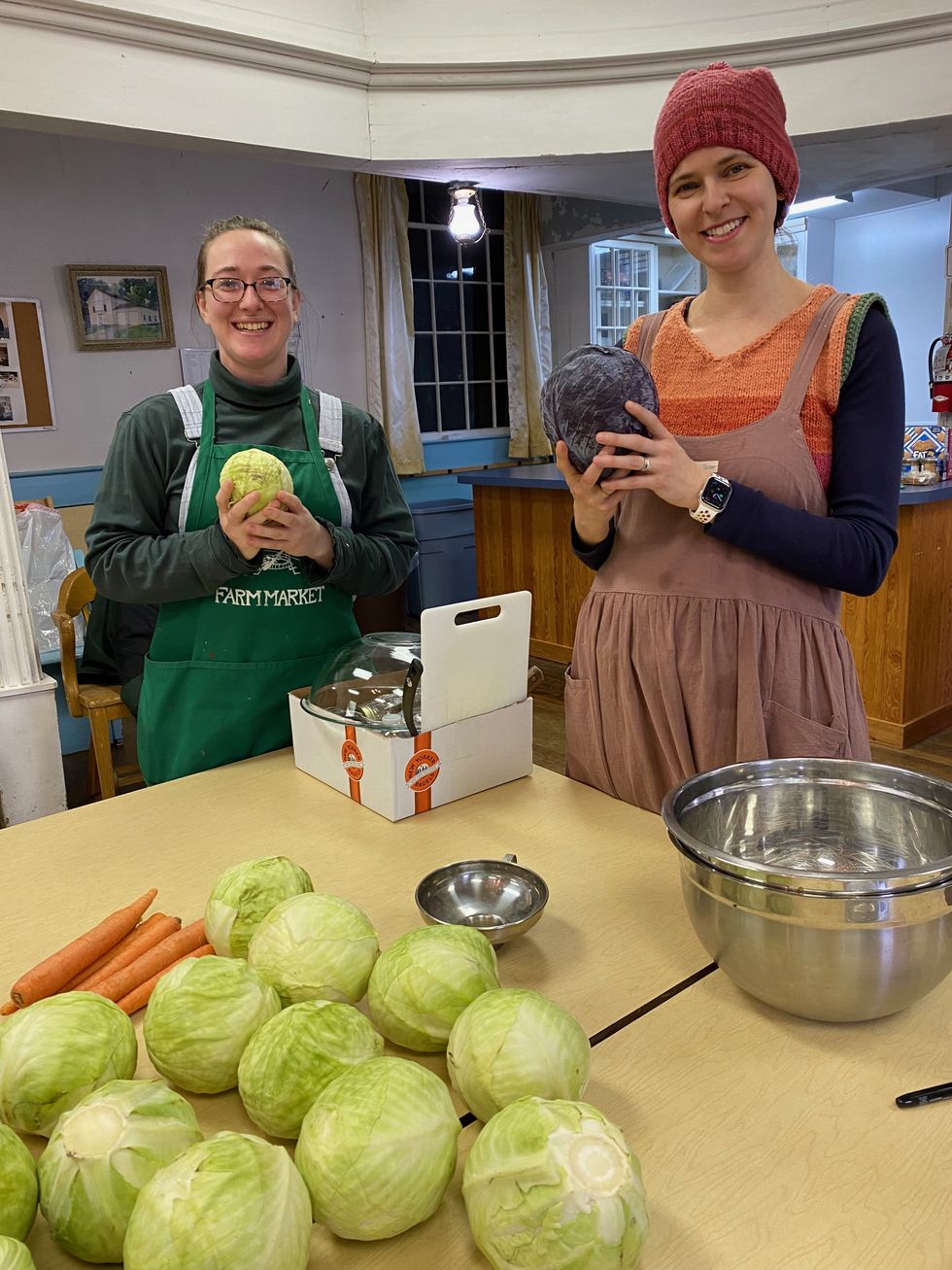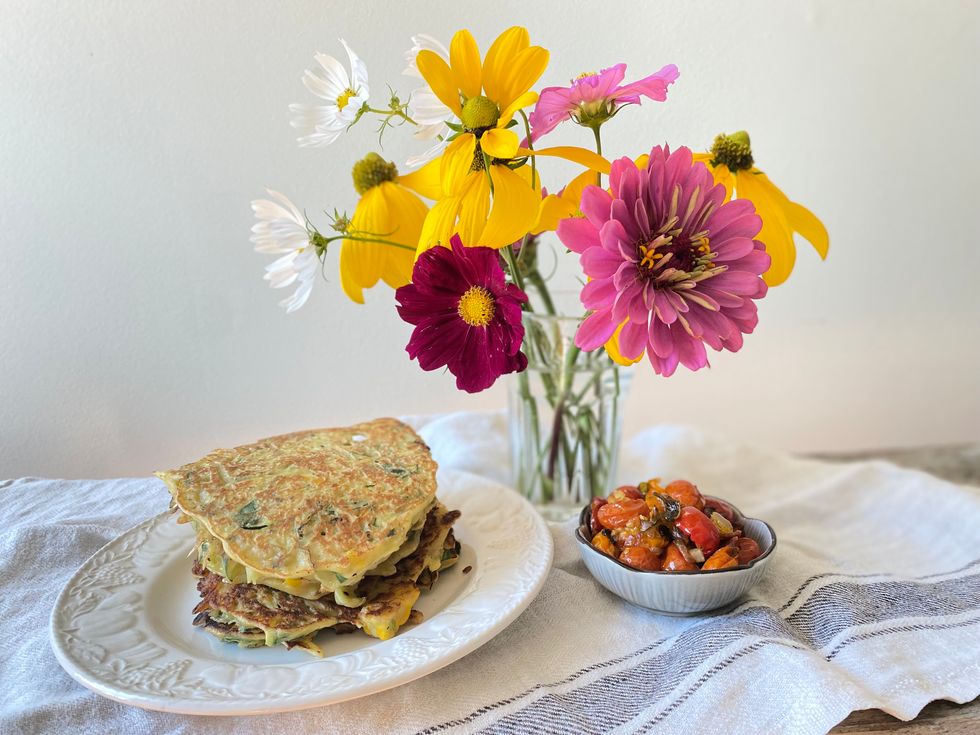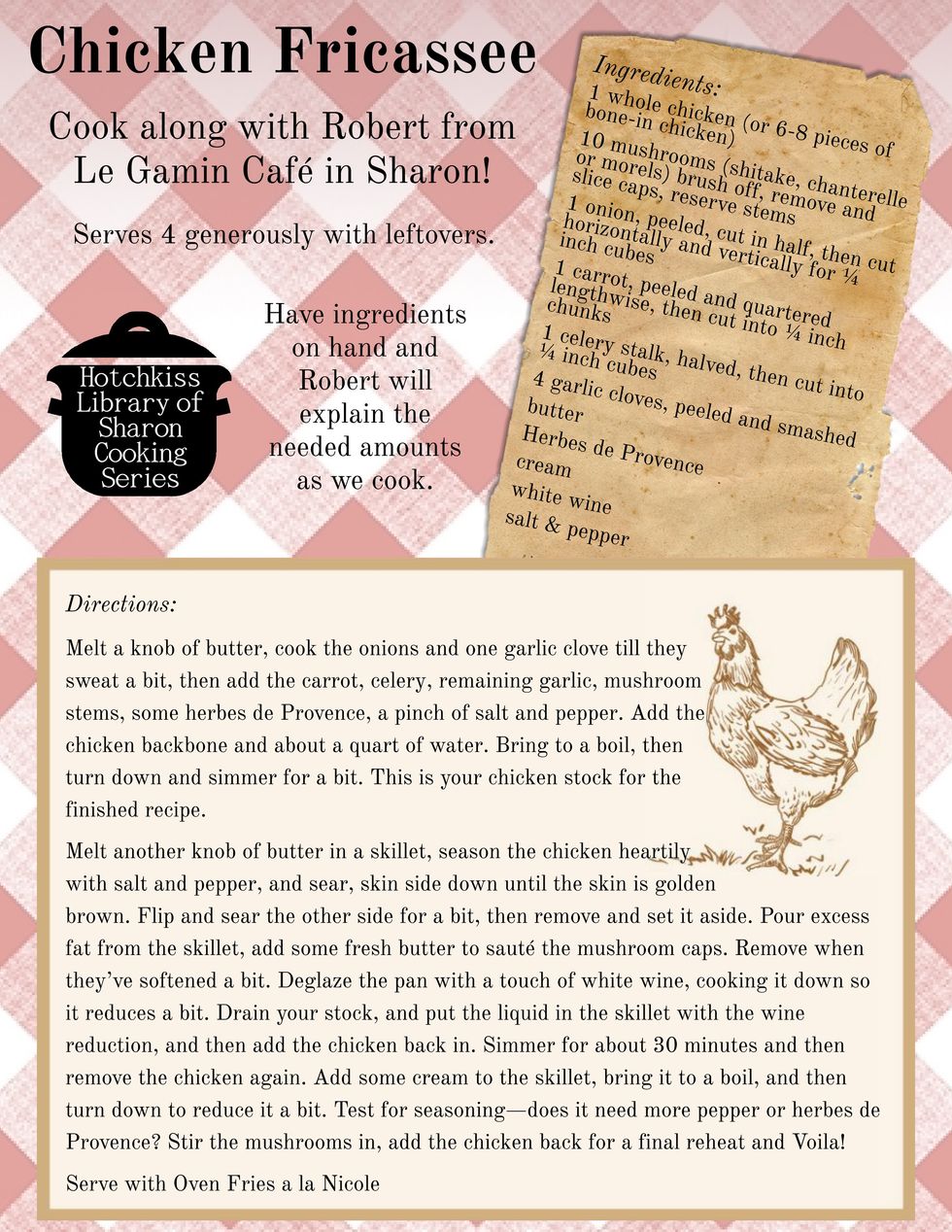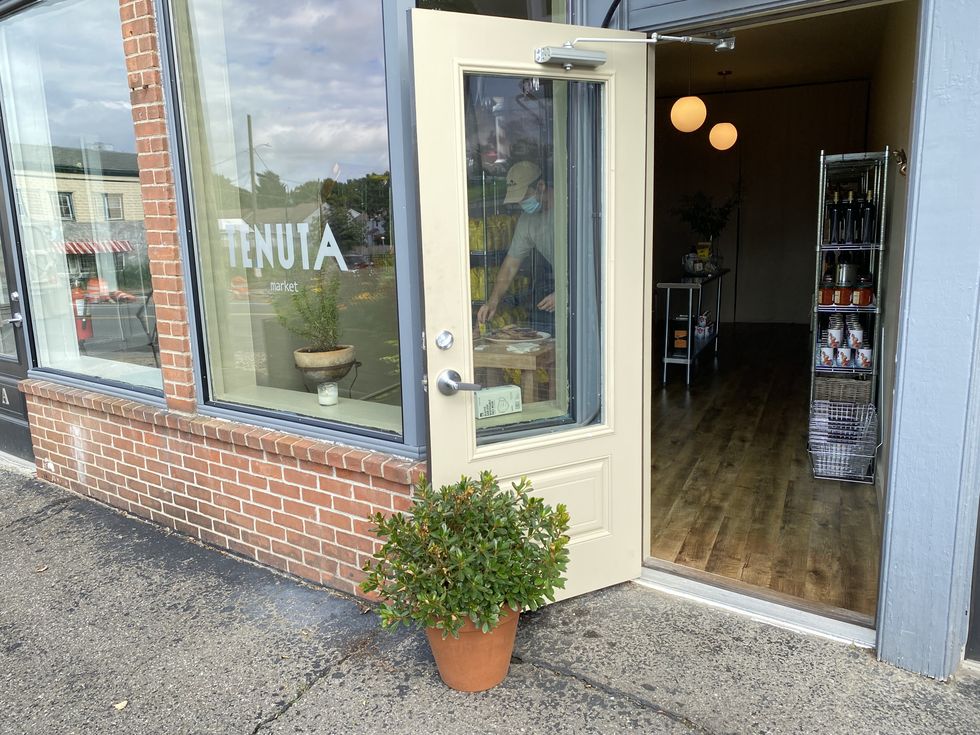What We Mean When We Talk About Pudding
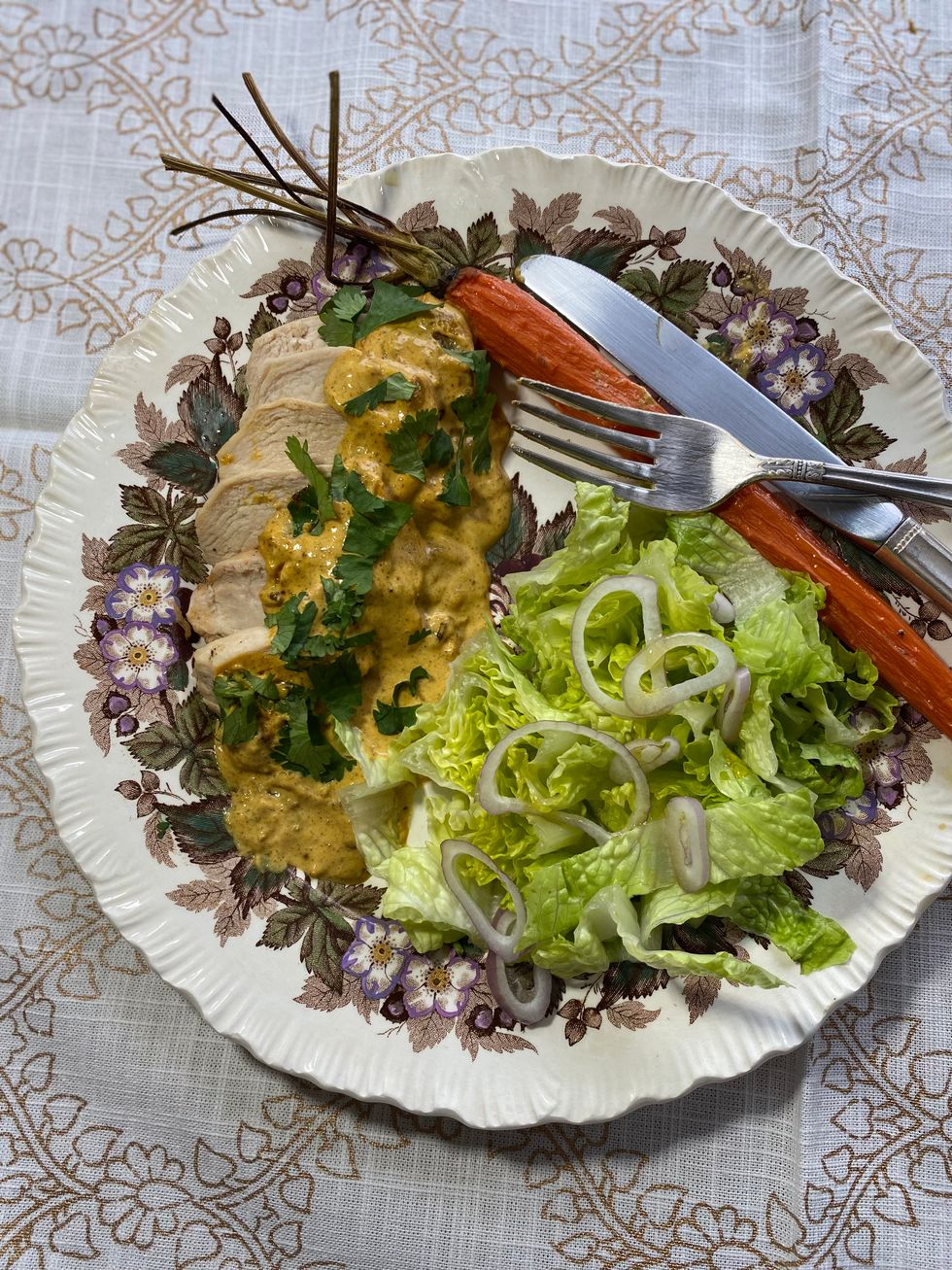
Fortnum & Mason is holding a contest to create a dessert to honor Queen Elizabeth’s Platinum Jubilee. The famous Coronation Chicken, in this photo, was created for the queen in 1953. Photo by Cynthia Hochswender
Photo by Cynthia Hochswender
